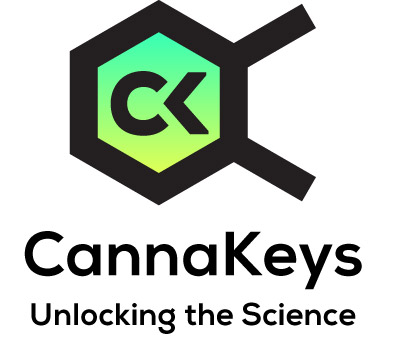PRIMARY STUDY
Cannabidiol in Treatment of Autism Spectrum Disorder: A Case Study
Key Findings: This case study reviews a 9-year-old patient with debilitating symptoms related to autism spectrum disorder (ASD) who was treated with a combination of high-dose cannabidiol (CBD) and low-dose tetrahydrocannabinol (THC) oil. Results included a reduction in negative behaviors and an improved quality of life for both the patient and the caregivers.
Type of Study: Meta-analysis
Study Sample Size: 1
Study Result: Positive
Research Location(s): Canada
Year of Pub: 2022
Cannabinoids Studied: Cannabidiol (CBD), Tetrahydrocannabinol (THC), Anandamide (AEA), Fatty Acid Amide Hydrolase (FAAH), 2-Arachidonoyl Glycerol (2-AG), Monoacylglycerol Lipase (MAGL)
Phytocannabinoid Source: Unspecified
Chemotype: Chemotype III
Receptors Studied: CB1, CB2


Route of Administration: Oral (Ingestion)
Citation: Ma L, et al. Cannabidiol in Treatment of Autism Spectrum Disorder: A Case Study. Cureus. 2022; 14:e28442. doi: 10.7759/cureus.28442
Authors: Ma L, Platnick S, Platnick H

